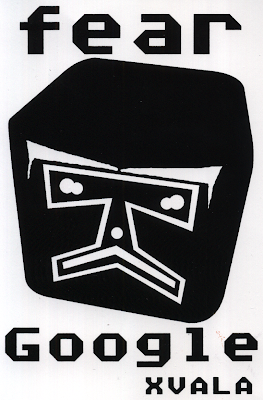I’ve been meaning to tell the origin story of Facebook Disconnect for a while now. The extension’s first birthday gave me an excuse to. This post is republished from the shiny, new Disconnect blog.
 Exactly one year ago, I noticed a virus infecting the web. Facebook widgets, mostly Like buttons, were popping up everywhere — alongside the articles I read, the music I listened to, the videos I watched. Worse, Facebook was (and is) serving these widgets off the same domain (
Exactly one year ago, I noticed a virus infecting the web. Facebook widgets, mostly Like buttons, were popping up everywhere — alongside the articles I read, the music I listened to, the videos I watched. Worse, Facebook was (and is) serving these widgets off the same domain (facebook.com) as their login cookies.
Being a tracking aficionado (I developed DoubleClick’s mobile ad server and the, kludgy, precursor to Google’s AdWords API), I recognized Facebook’s strategy — collecting user browsing habits to sell to advertisers.
That night, I spent two hours writing 53 lines of JSON and JavaScript (and two more hours making a Ghostbusters-inspired logo) to inoculate my browser. I called the Chrome extension, which works by stopping the flow of personal data from third-party sites to Facebook, Facebook Disconnect.
I’d done side projects before, including another extension that had 37 users. But I was thinking big this time. I imagined Facebook Disconnect could have 50 users.
I was off by three orders of magnitude and change.
Today, Facebook Disconnect has over 150,000 weekly users. And the extension has been Chrome only, till now.
To celebrate Facebook Disconnect’s birthday, we’ve created versions for Firefox and Safari and open-sourced the code as usual!
 Last week, Nik Cubrilovic and I put out a side project called Frictionless. Frictionless is a browser extension that lets you read articles shared on Facebook without being nagged to add newfangled social-reader apps.
Last week, Nik Cubrilovic and I put out a side project called Frictionless. Frictionless is a browser extension that lets you read articles shared on Facebook without being nagged to add newfangled social-reader apps.
 Exactly one year ago, I noticed a
Exactly one year ago, I noticed a 


